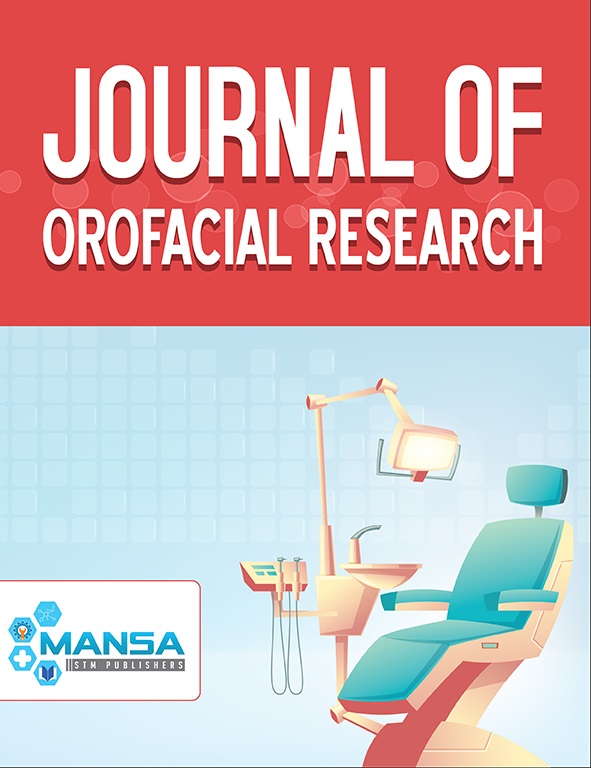Reliability of Hard-and Soft-tissue Computer-generated Predictions of Orthognathic Surgical Patients using VistaDent Software
Keywords:
Dentofacial deformity, Surgical prediction tracing, Visual treatment objective, VistaDent softwareAbstract
analysis of skull radiographs is not new in orthodontics. It has been advocated and practiced for many years, however, its awareness and application is new in orthodontics. Aims and objectives: To ascertain to what extent the actual surgical soft-tissue outcome for the given hard-tissue alteration matches with the software predicted soft-tissue outcome, using VistaDent software and to analyze the differences in the predictions for single jaw and double jaw procedures. Materials and methods: This study was of a retrospective
nature. Records of 30 orthognathic surgery patients (21 females and 9 males) were entered into the study. All subjects were 18 years of age or older. Discussion: With variety of surgical options being available for repositioning hard-tissues of the facial complex, a major consideration for both clinician and patient is the resulting changes in facial appearance. Computerized systems play an important role in orthognathic surgery due to their utility in treatment planning, and by increasing patient understanding and acceptance of the
recommended treatment. Conclusion: VistaDent software was quite effective in estimating the change in the soft-tissue related to single jaw and double jaw surgeries except in mandibular advancement, where the prediction of the mentolabial angle tended to be more acute.

